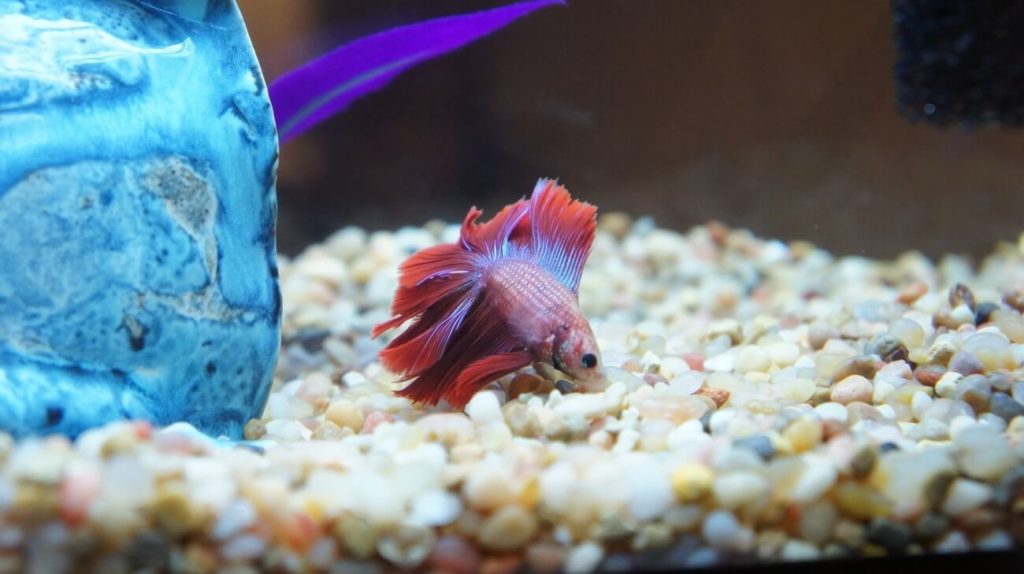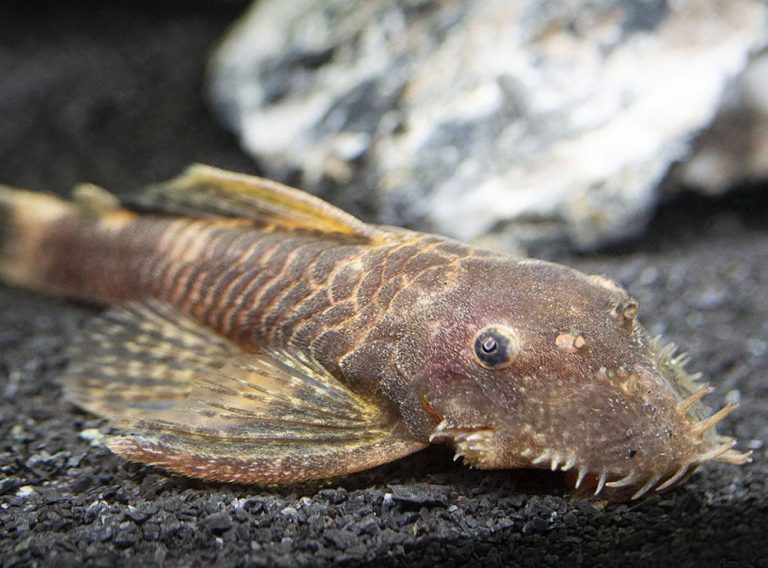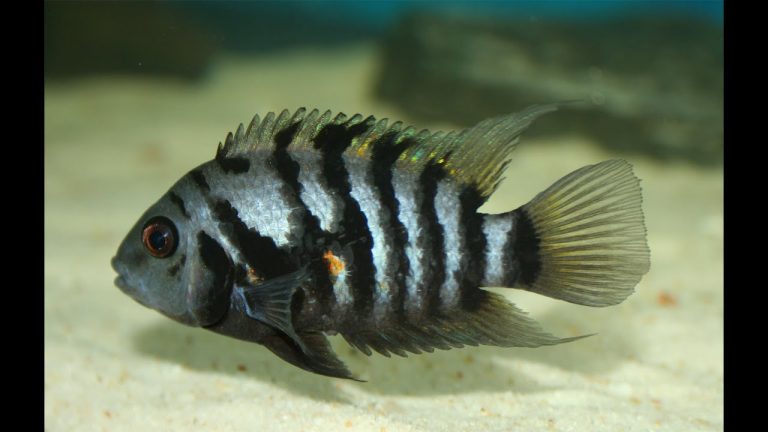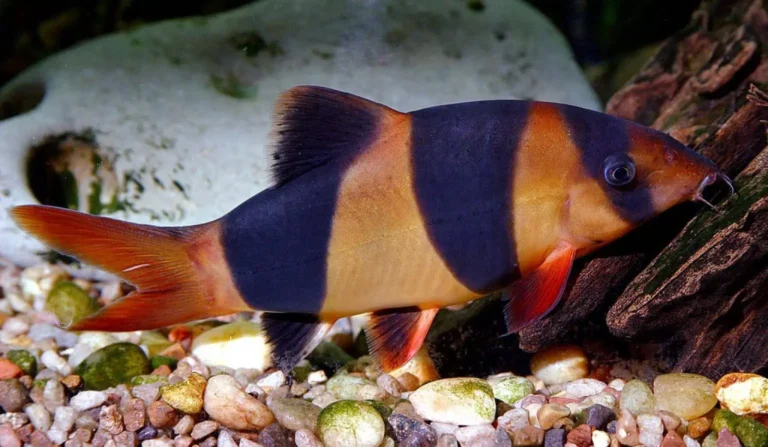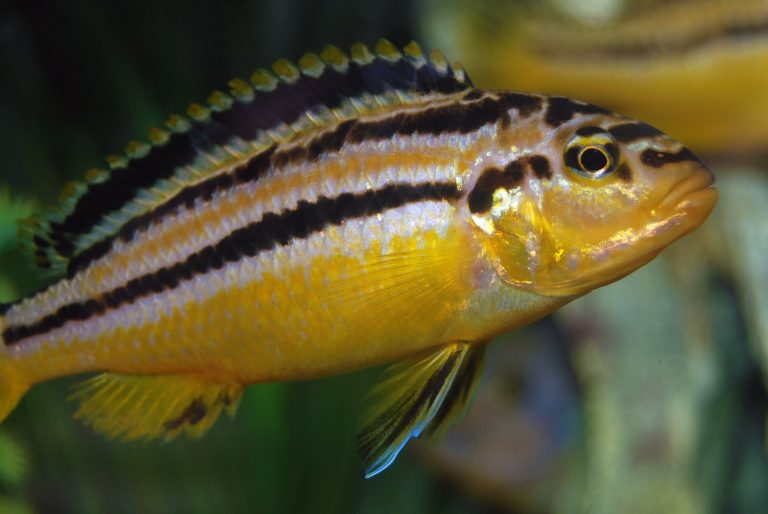Fish Laying On Bottom Of Tank
Fish Laying on Bottom of Tank: What Does It Mean and What Should You Do?
Have you ever looked into your fish tank and noticed one of your fish lying on the bottom? It can be a concerning sight for any fish owner. Is your fish sick or injured? Is there something wrong with the water or the tank conditions? In this article, we will explore the reasons why fish might be laying on the bottom of the tank and what steps you can take to address the issue.
Why is my fish laying on the bottom of the tank?
There can be several reasons why your fish is laying on the bottom of the tank. It’s important to understand that fish behavior can vary depending on the species, so what might be normal for one fish may not be for another. However, if you notice any sudden changes in behavior, it’s worth investigating further. Here are some possible reasons for this behavior:

1. Stress
Just like humans, fish can experience stress too. Stressors such as overcrowding, sudden changes in water temperature or quality, aggression from tankmates, or even loud noises outside the tank can cause fish to exhibit abnormal behavior, including laying on the bottom. If you suspect stress to be the cause, try to identify and eliminate the stressors in the tank environment.
2. Illness or Disease
Fish laying on the bottom of the tank can also be a sign of illness or disease. Common fish ailments such as swim bladder disorder, fin rot, or parasites can cause fish to become lethargic and rest on the tank’s bottom. It’s essential to regularly monitor the health of your fish and look for any other accompanying symptoms like loss of appetite, unusual spots or discoloration, or rapid breathing.
3. Poor Water Quality
Water quality plays a crucial role in the overall health of your fish. Ammonia and nitrite spikes, high levels of nitrates, improper pH levels, or lack of oxygen can all lead to stress and illness in fish. Test your tank water regularly to ensure the parameters are within the acceptable range for your fish species.
4. Environmental Factors
Certain environmental factors can make fish prefer resting on the tank bottom. Some bottom-dwelling species naturally spend most of their time near the substrate, looking for food or burrowing. Additionally, if you have recently rearranged your tank decor or added new items, the fish might be exploring or adjusting to the changes.
What should you do when you see a fish laying on the bottom of the tank?
If you notice a fish laying on the bottom of the tank, it’s important to take prompt action to address the issue. Here are some steps you can follow:
1. Observe and Monitor
Start by observing the affected fish and the rest of the tank. Look for any signs of illness or distress and see if other fish are behaving normally. Note any changes in behavior, appetite, or appearance. Keeping a record can help in identifying patterns or potential causes.
2. Check Water Parameters
Test the water parameters in your tank to ensure they are within the appropriate range for your fish species. Ammonia, nitrite, nitrate, pH, and temperature should all be checked regularly. If you find any irregularities, take the necessary steps to adjust the parameters and improve water quality.
3. Address Stressors
If you suspect stress to be the cause, try to identify and eliminate the stressors in the tank. This could involve rearranging tank decor to provide hiding spots and territorial boundaries, reducing noise in the environment, or separating aggressive tankmates.
4. Quarantine and Treat if Necessary
If you suspect an illness or disease, it may be necessary to quarantine the affected fish and treat them separately. Consult a veterinarian or a knowledgeable fish expert to properly diagnose the issue and recommend the appropriate treatment.
Frequently Asked Questions
Q: Can a fish lying on the bottom of the tank recover?
A: Yes, depending on the underlying cause and the promptness of action, a fish lying on the bottom of the tank can recover. It’s important to identify and address the root cause, monitor water conditions, and provide appropriate treatment if needed.
Q: How long can a fish survive laying on the bottom?
A: The survival of a fish laying on the bottom depends on various factors such as the species, overall health, and quality of care. Some species are better adapted to bottom-dwelling and may naturally spend more time resting on the substrate. However, prolonged lethargy and inactivity can indicate underlying health issues that should be addressed promptly.
Q: Should I remove the fish from the tank if it’s laying on the bottom?
A: If the fish appears healthy and is just exhibiting normal behavior, there may be no need to remove it from the tank. However, if you suspect illness or disease, it’s advisable to quarantine the fish to prevent potential spread to other tankmates and provide the necessary treatment.
Final Thoughts
Fish laying on the bottom of the tank can be an alarming sight, but it doesn’t always mean something is seriously wrong. By understanding the possible reasons and taking appropriate action, you can help improve the health and well-being of your fish. Regular monitoring of water quality, addressing stressors, and providing proper care and treatment when needed will go a long way in supporting your fish’s overall health and happiness.
